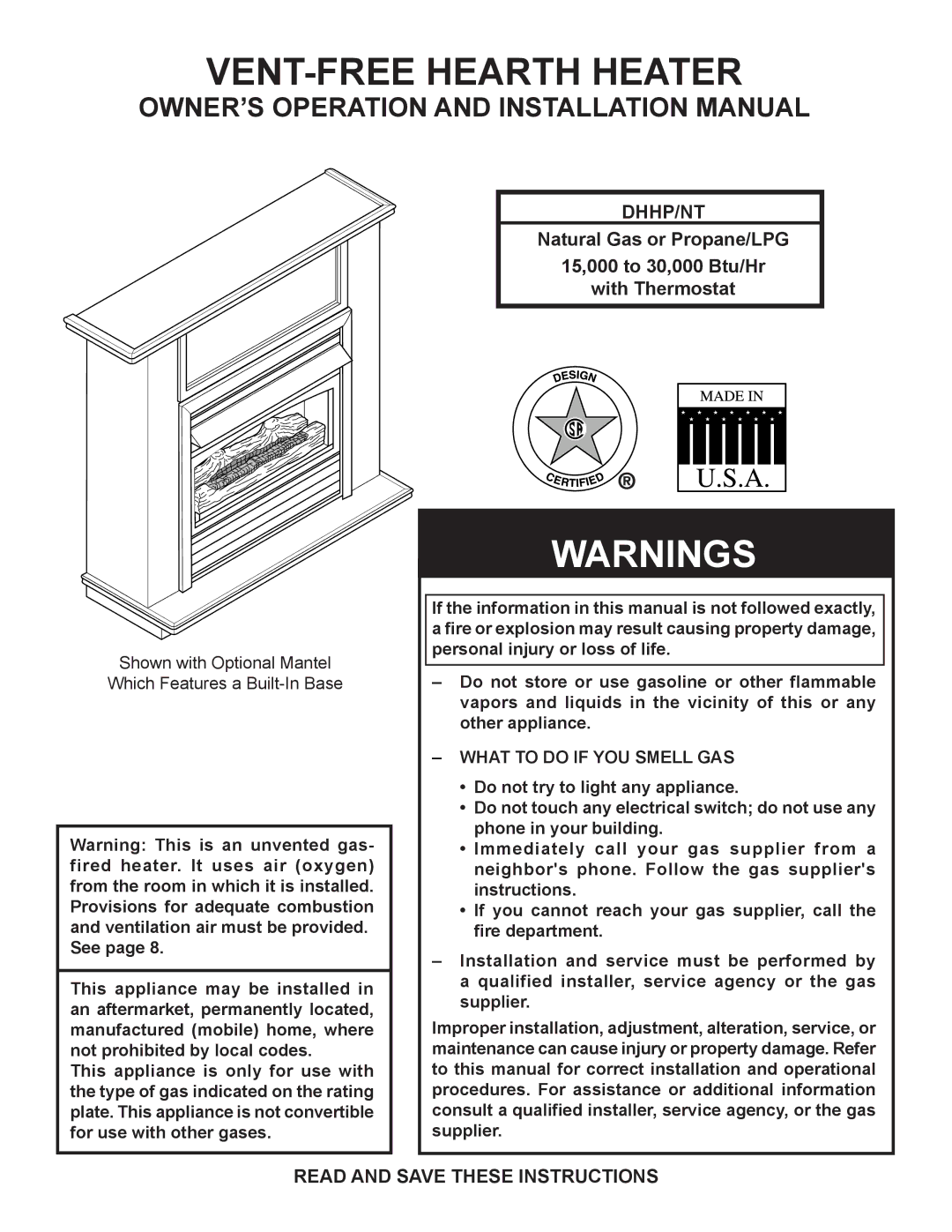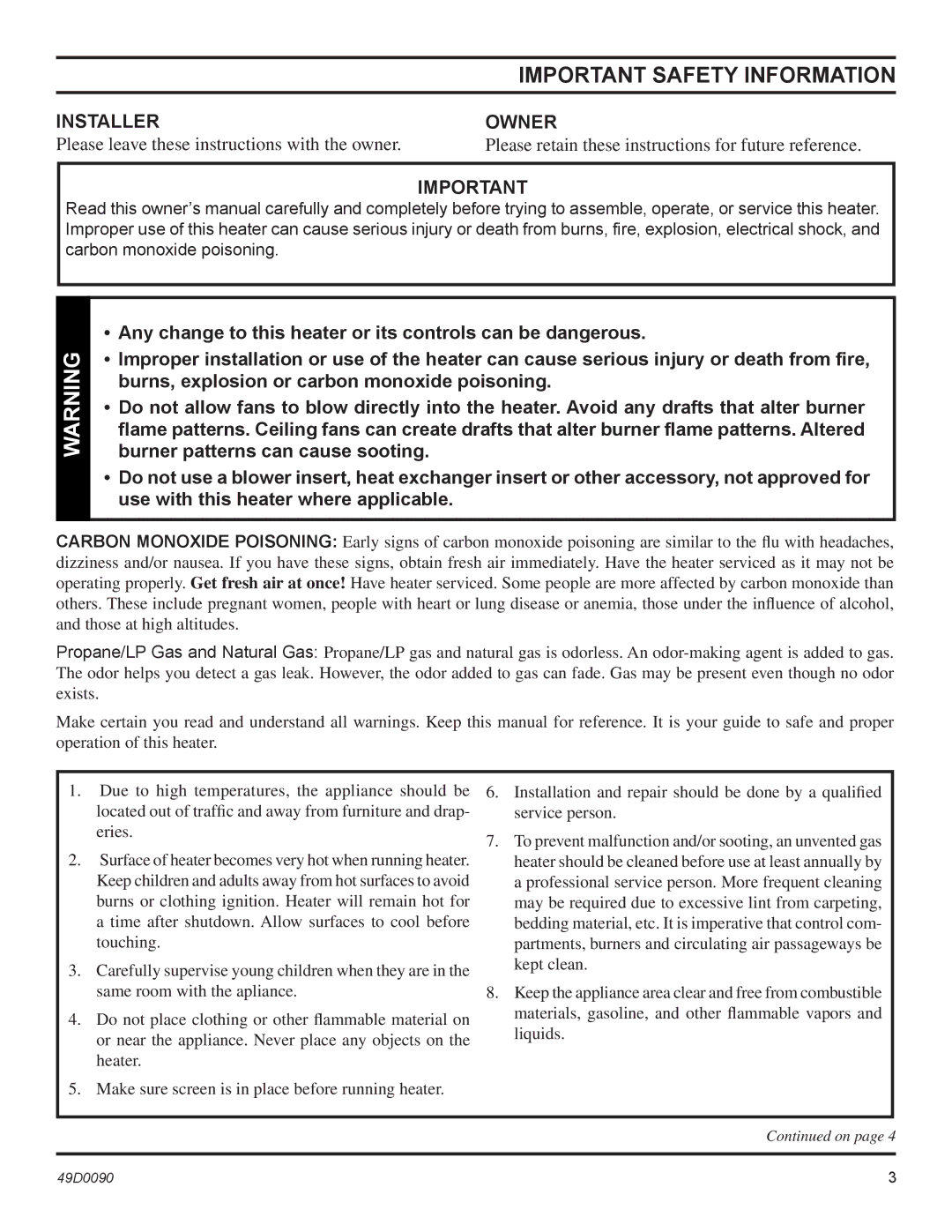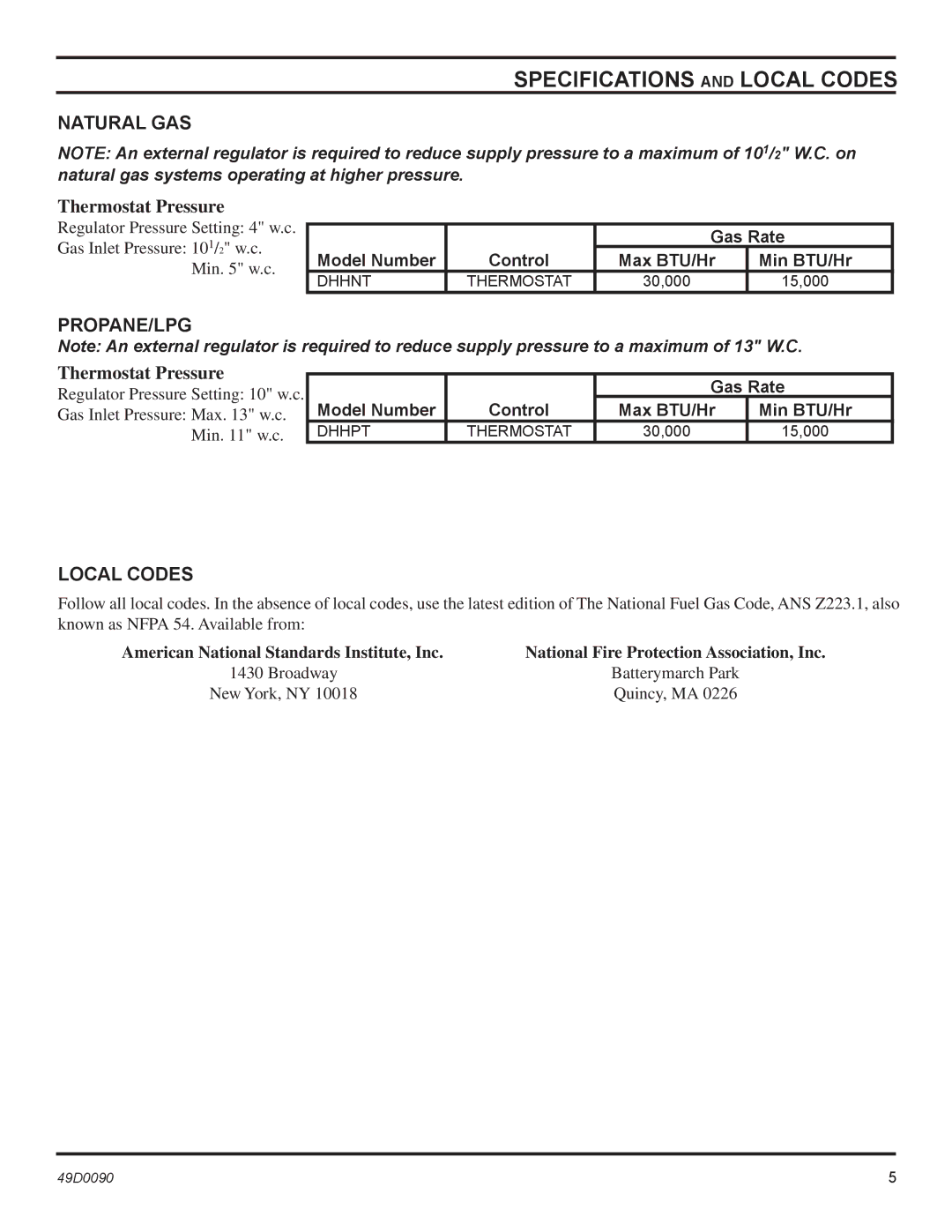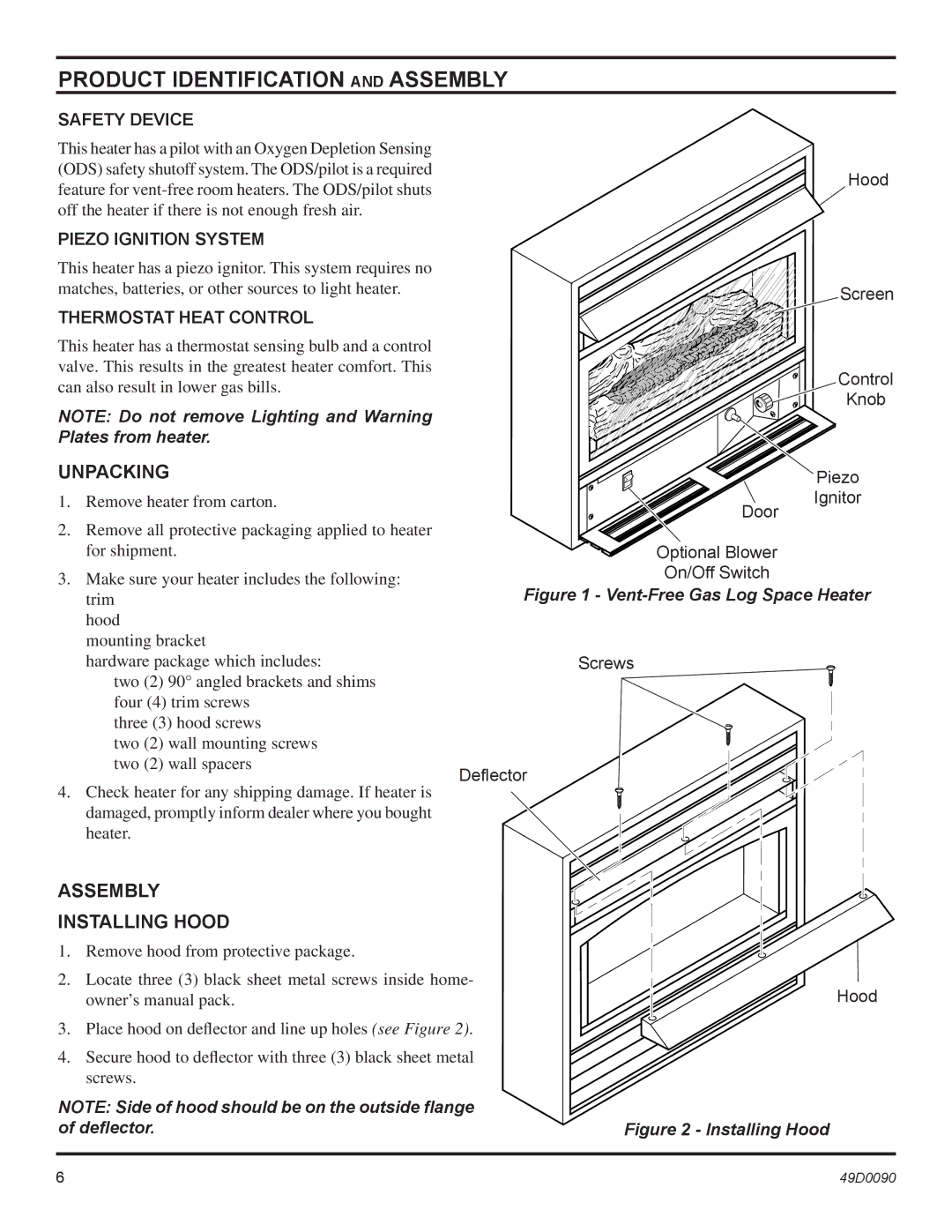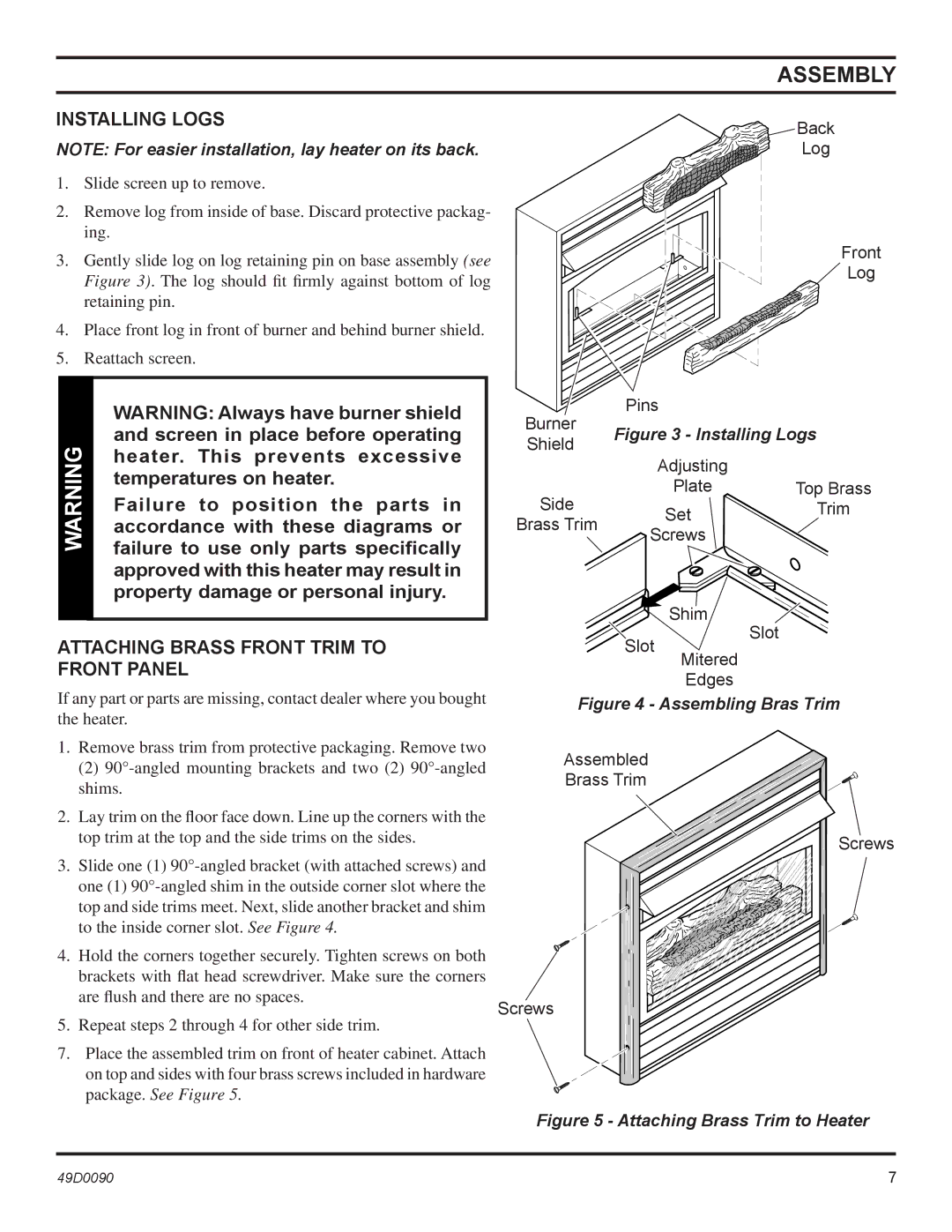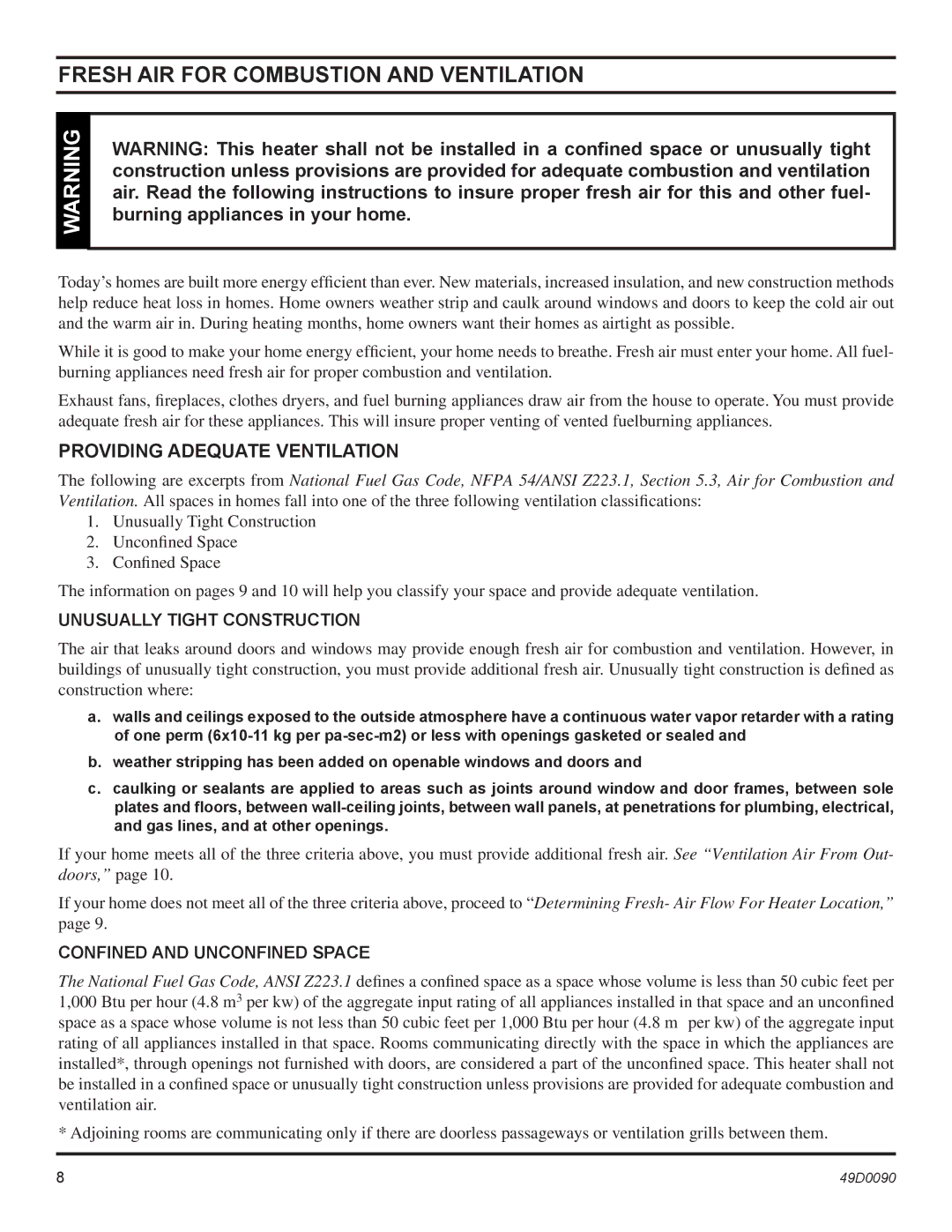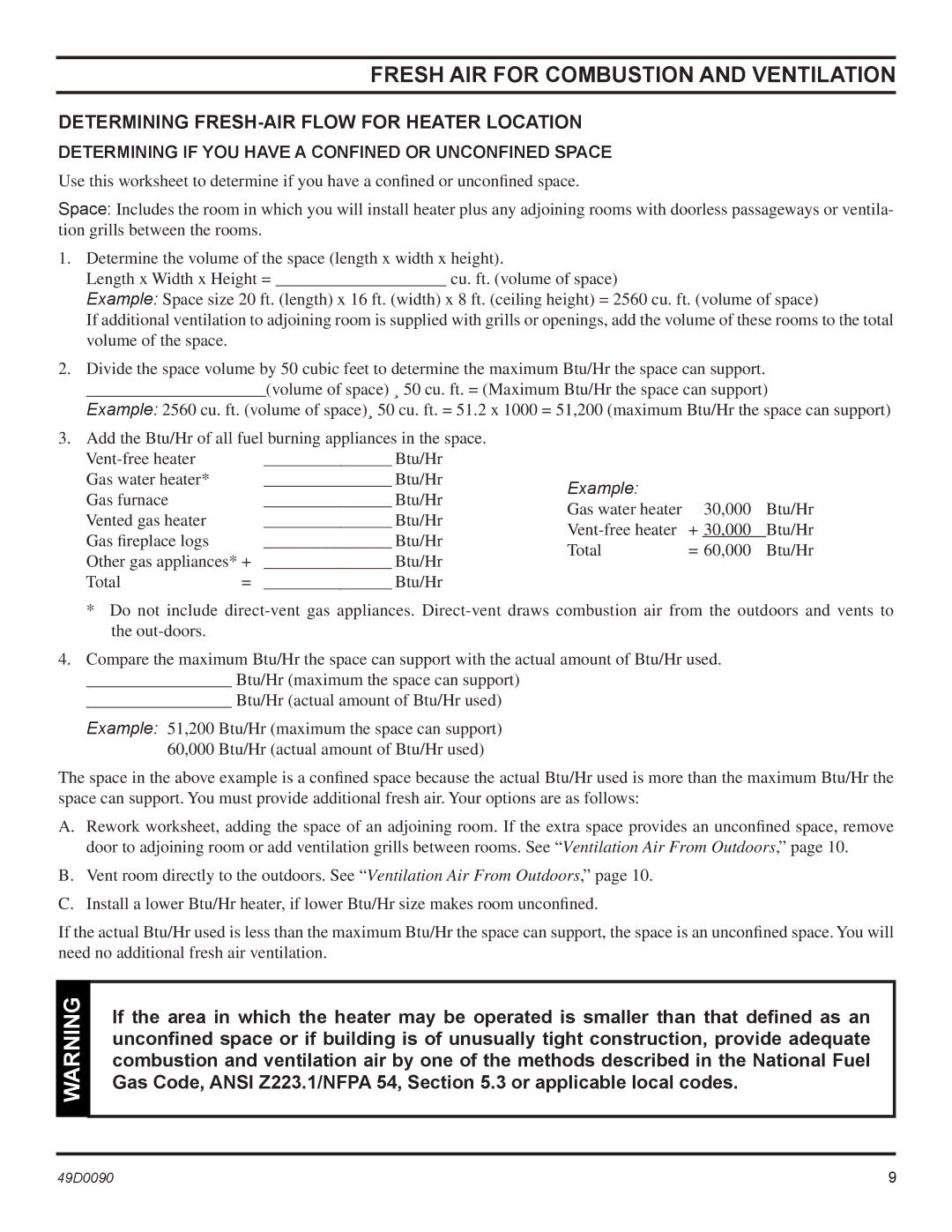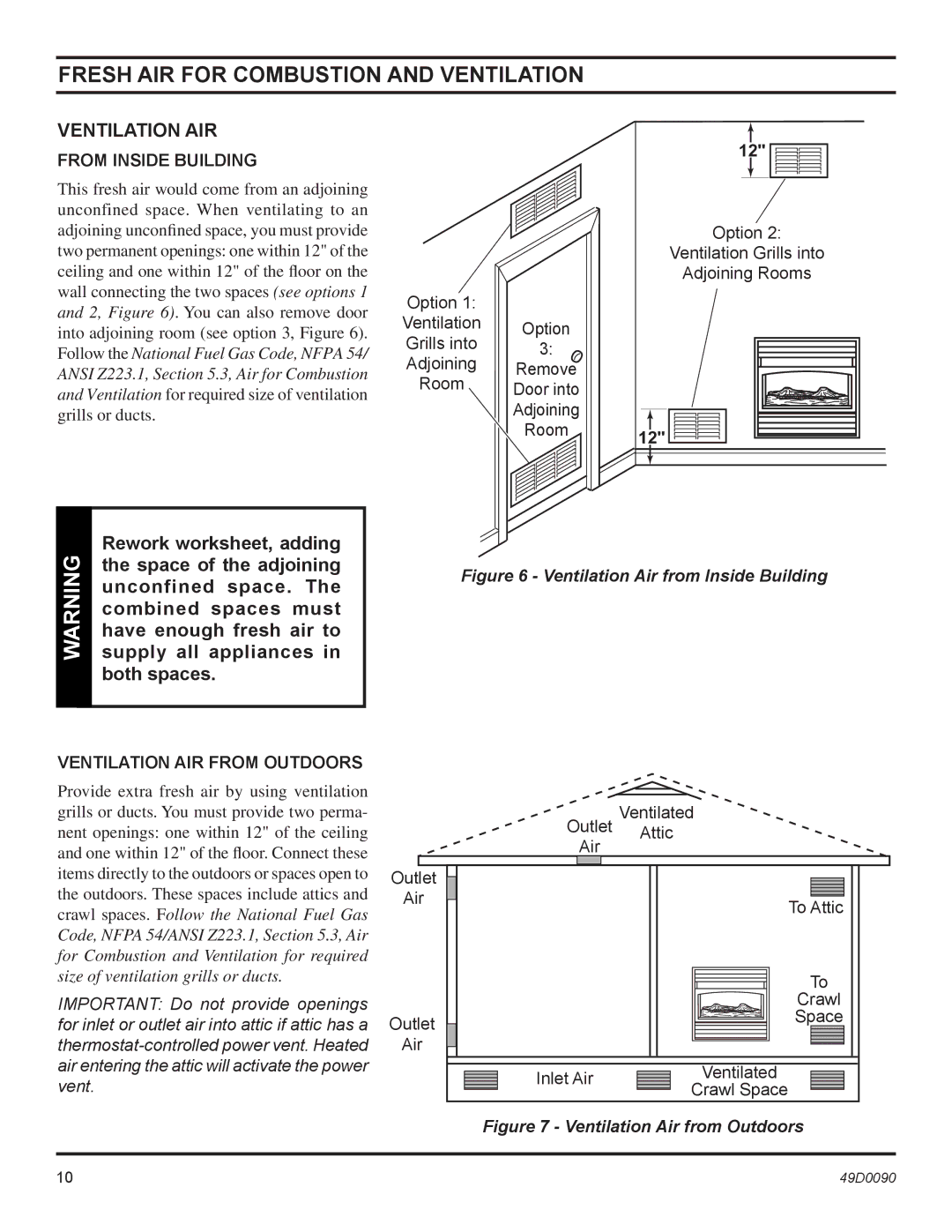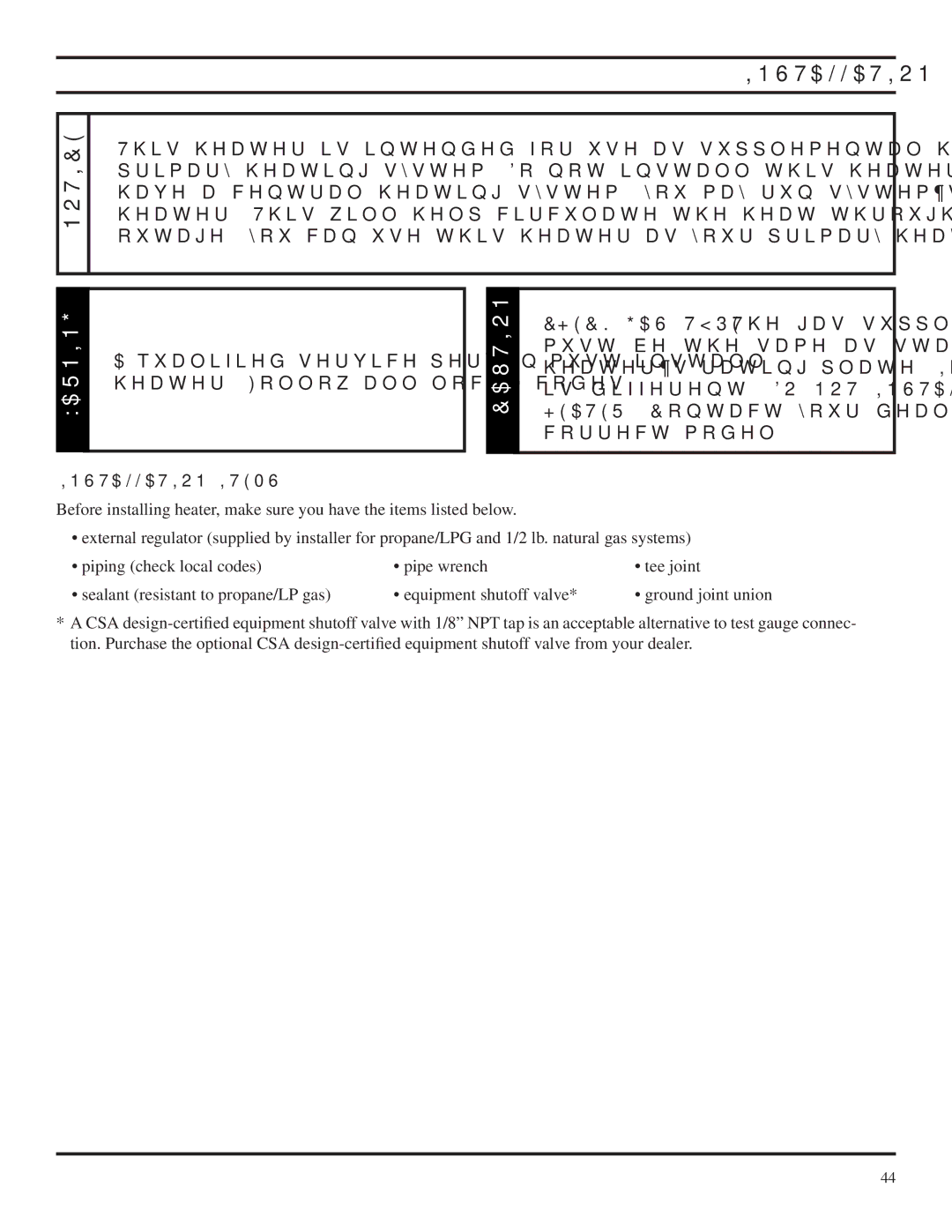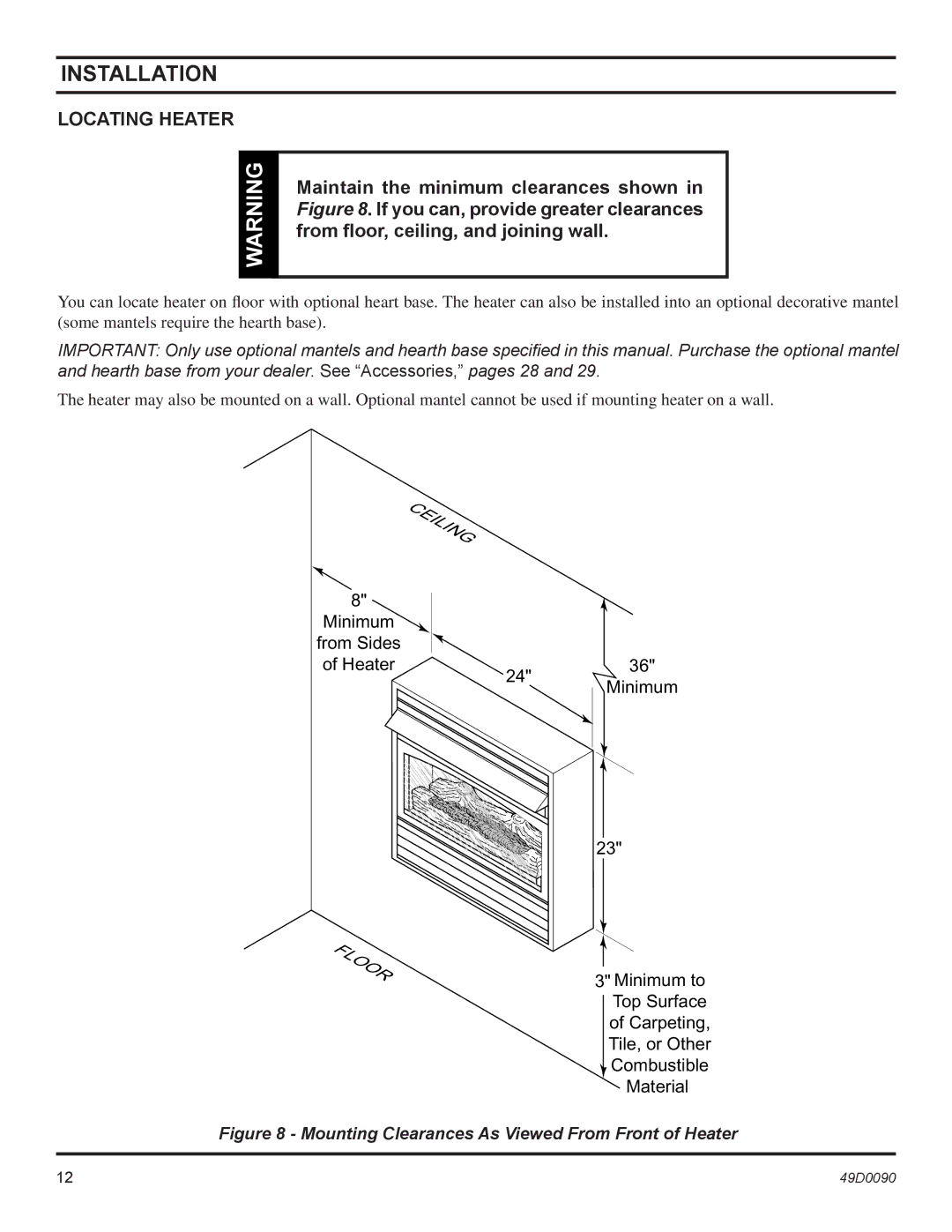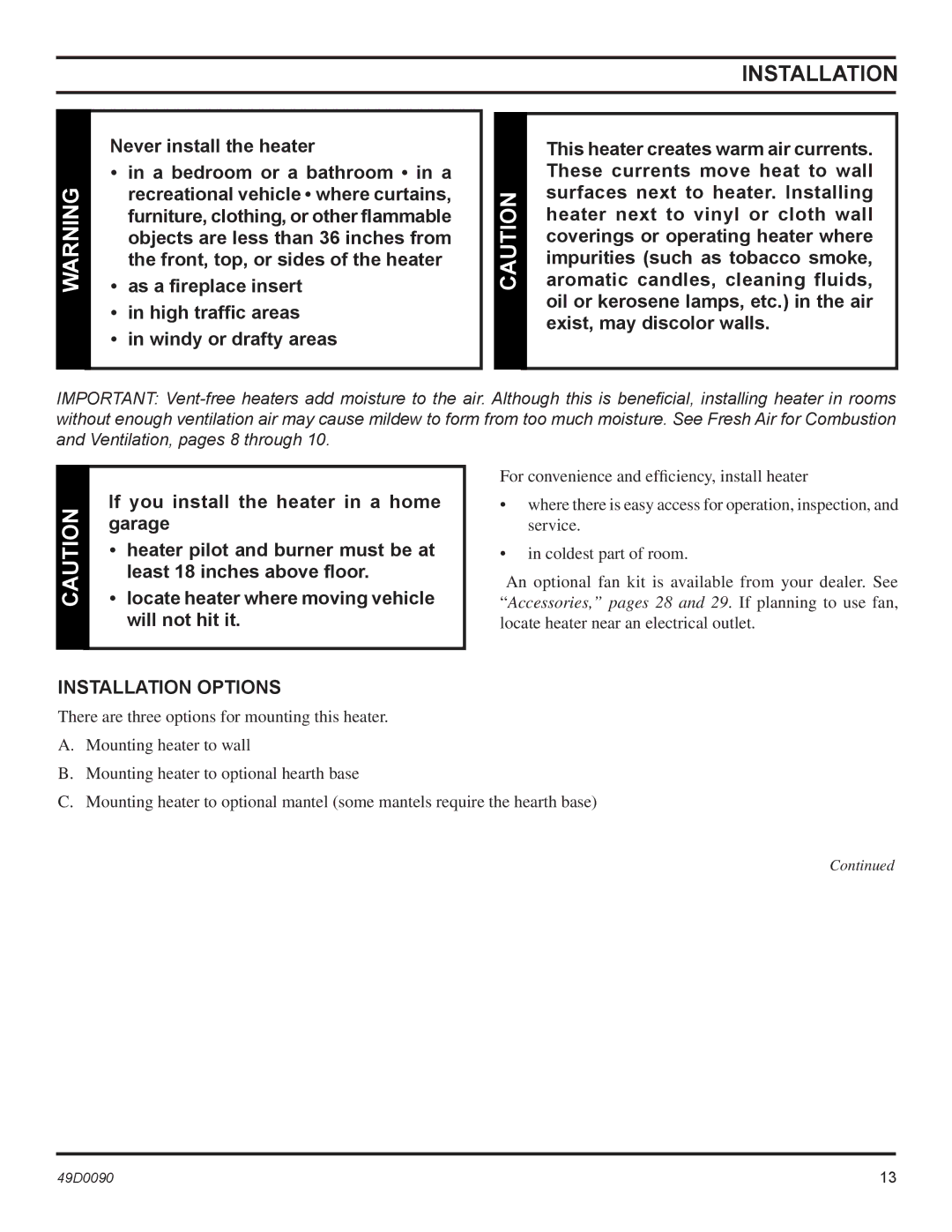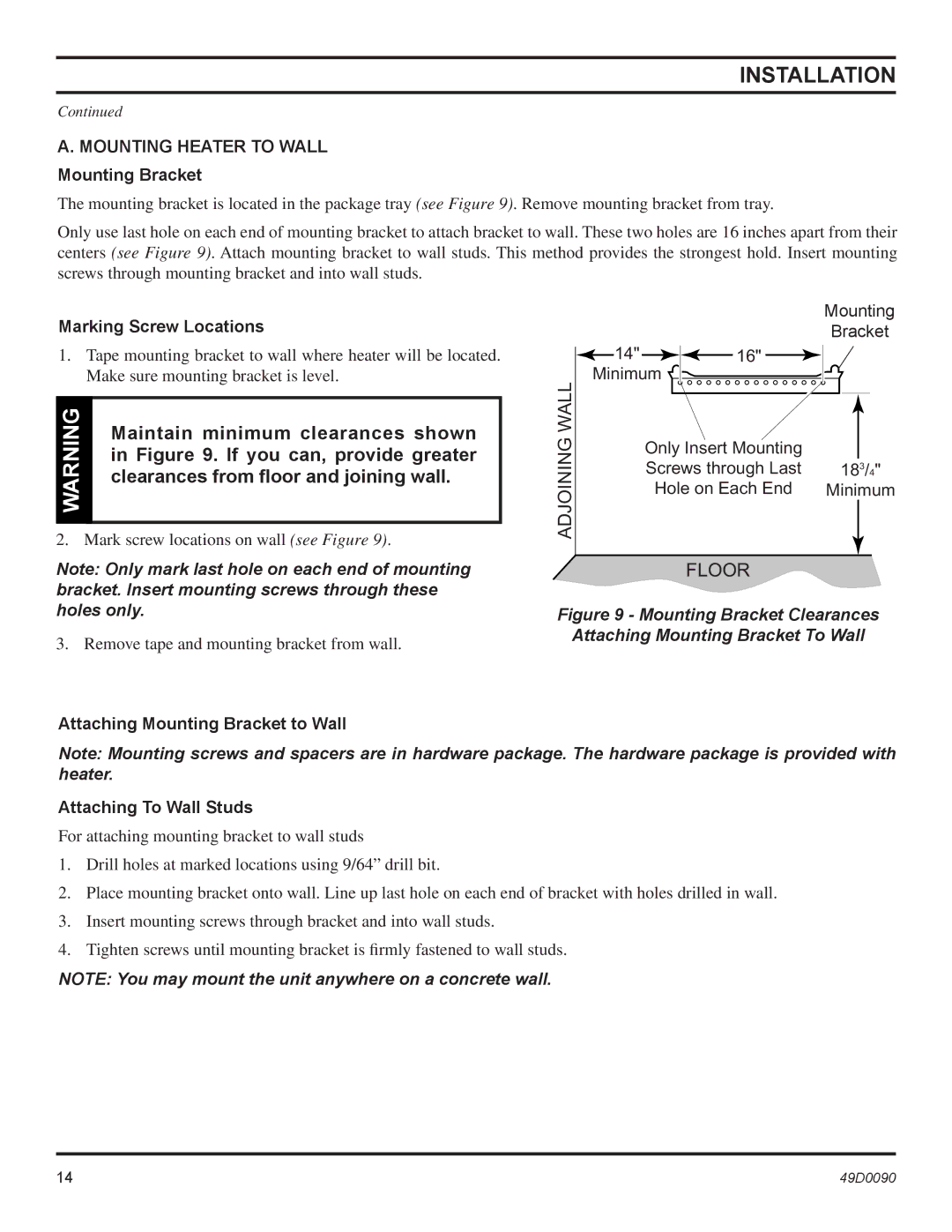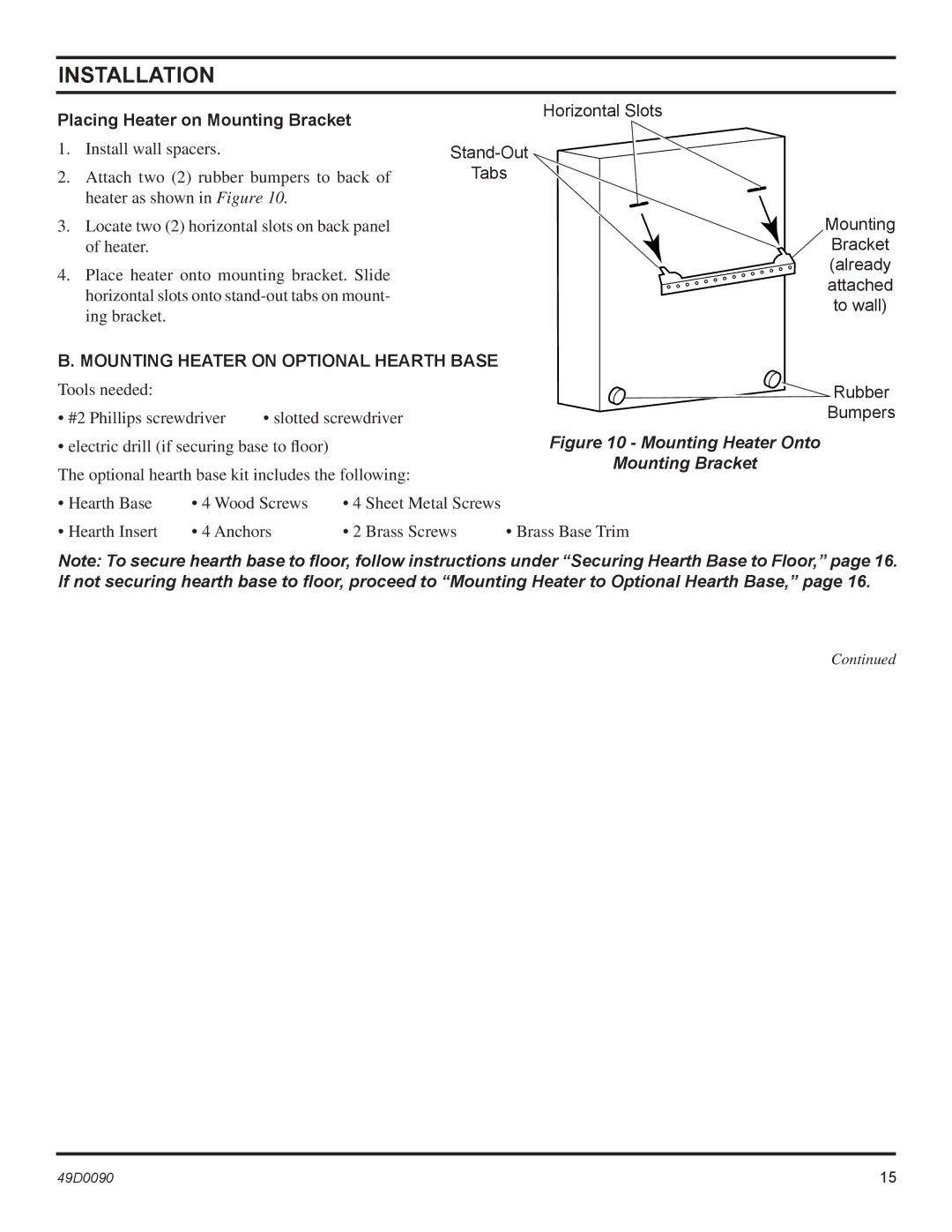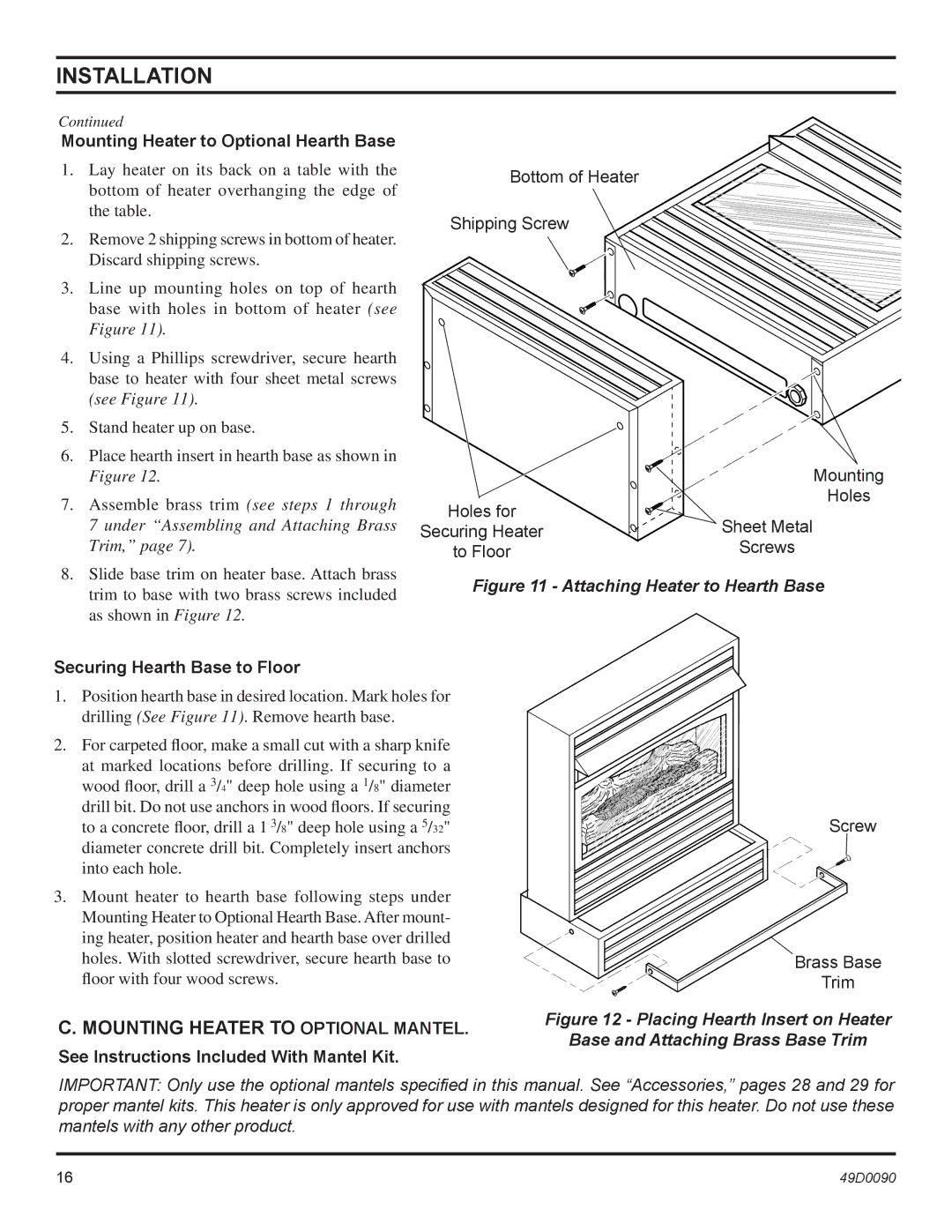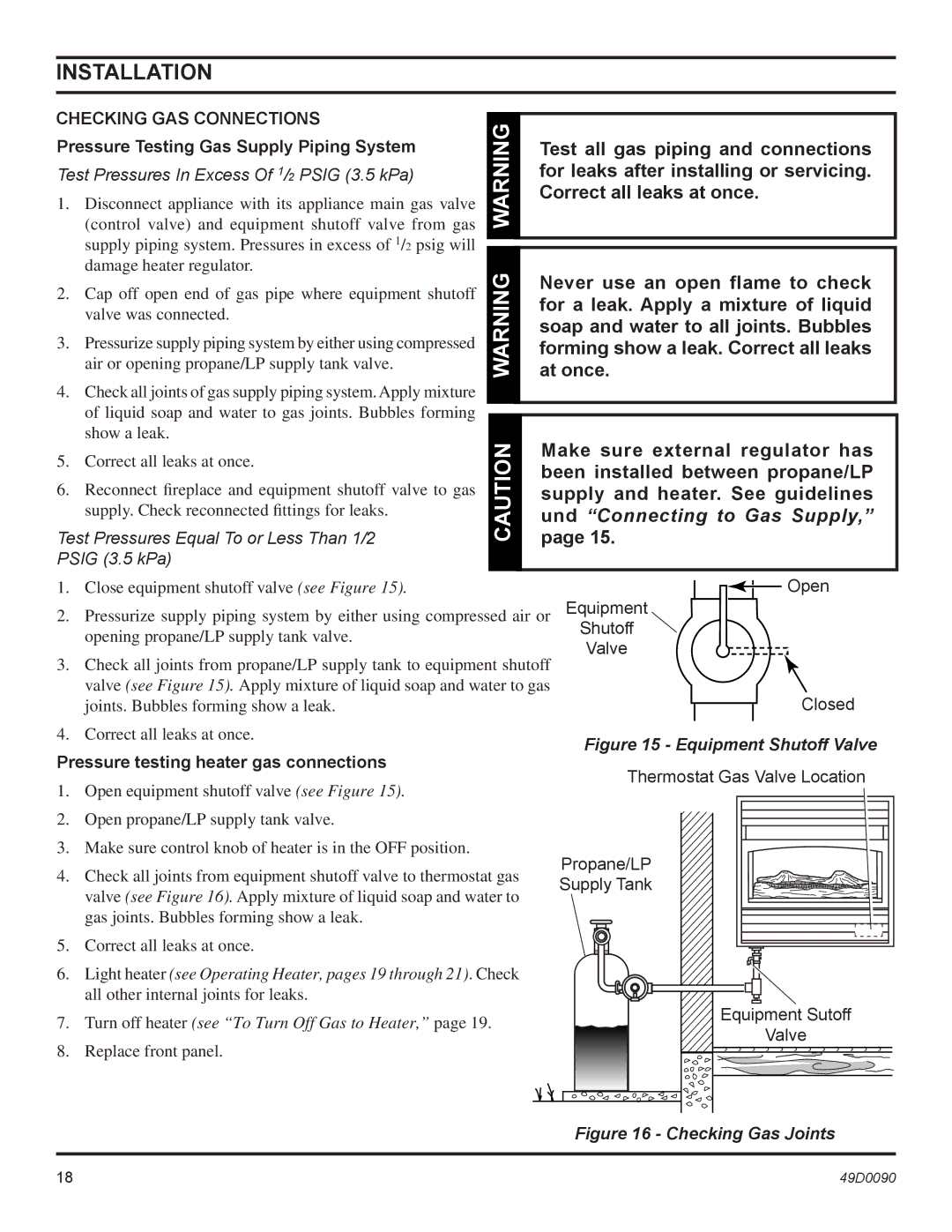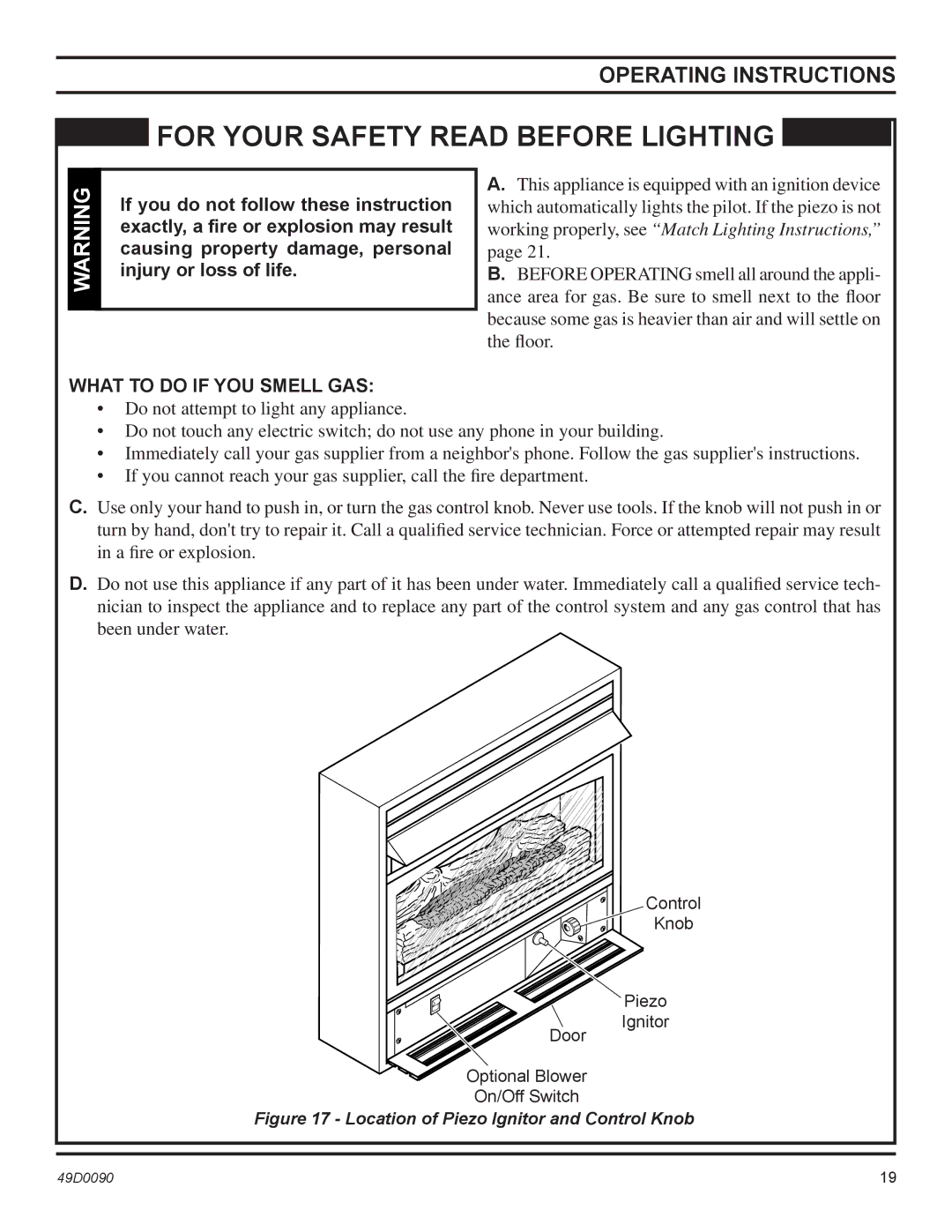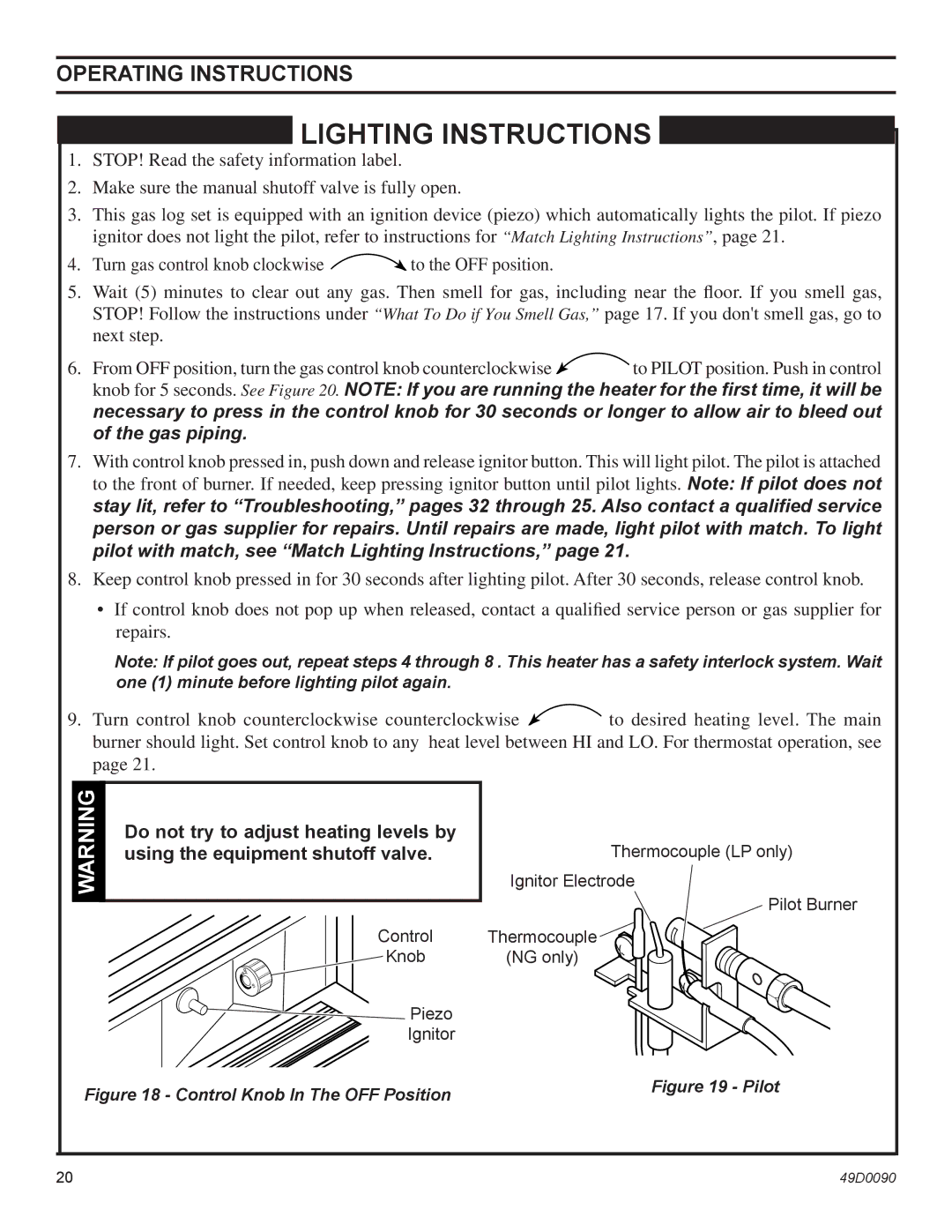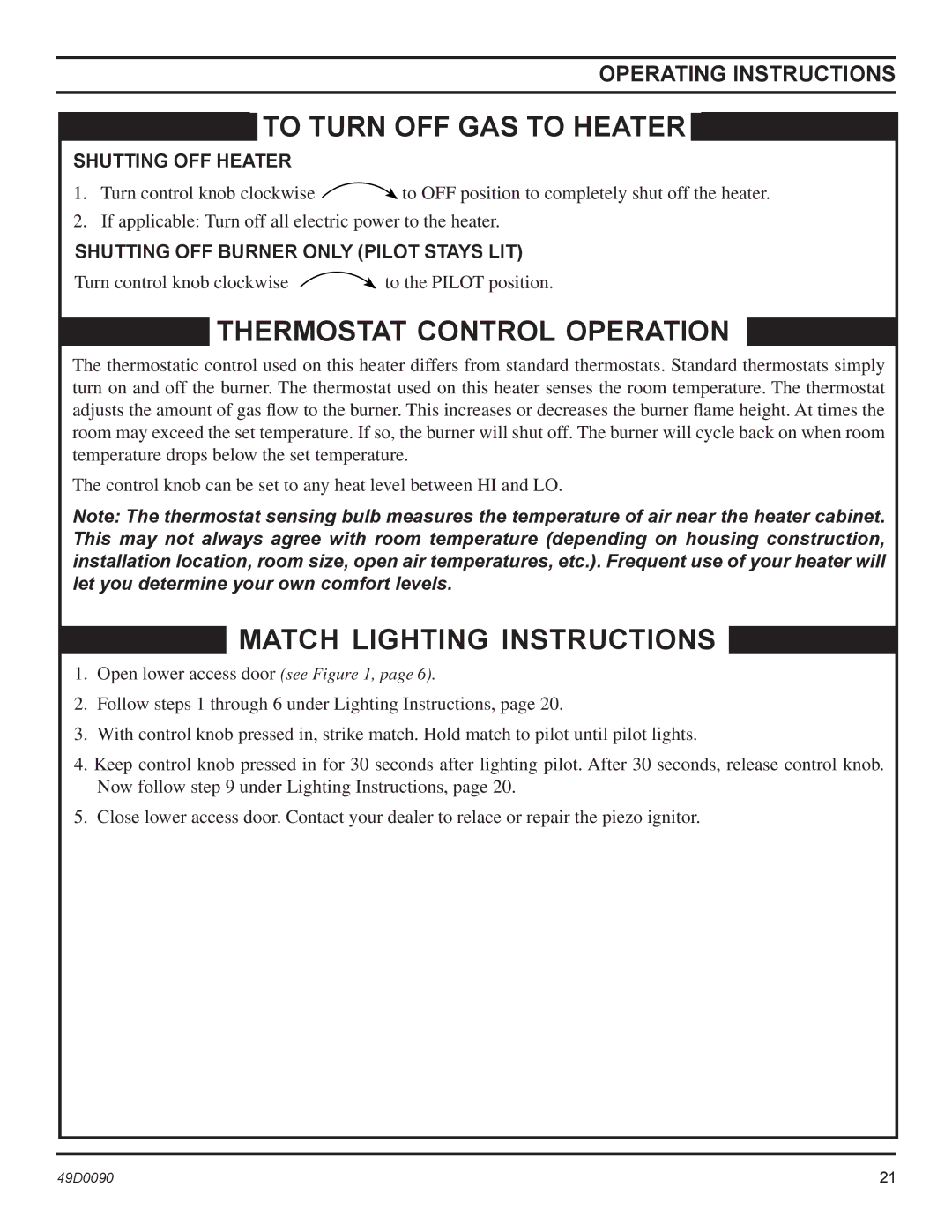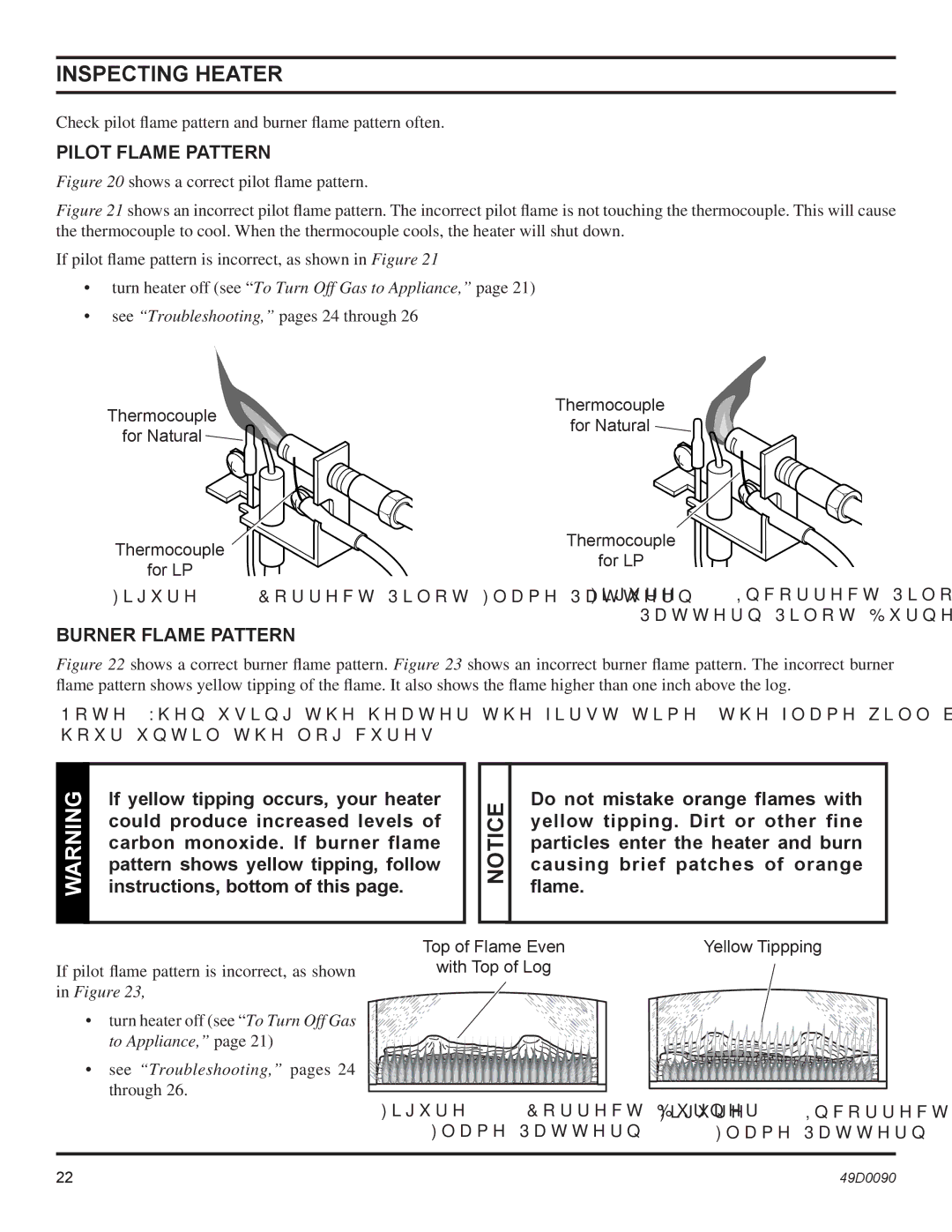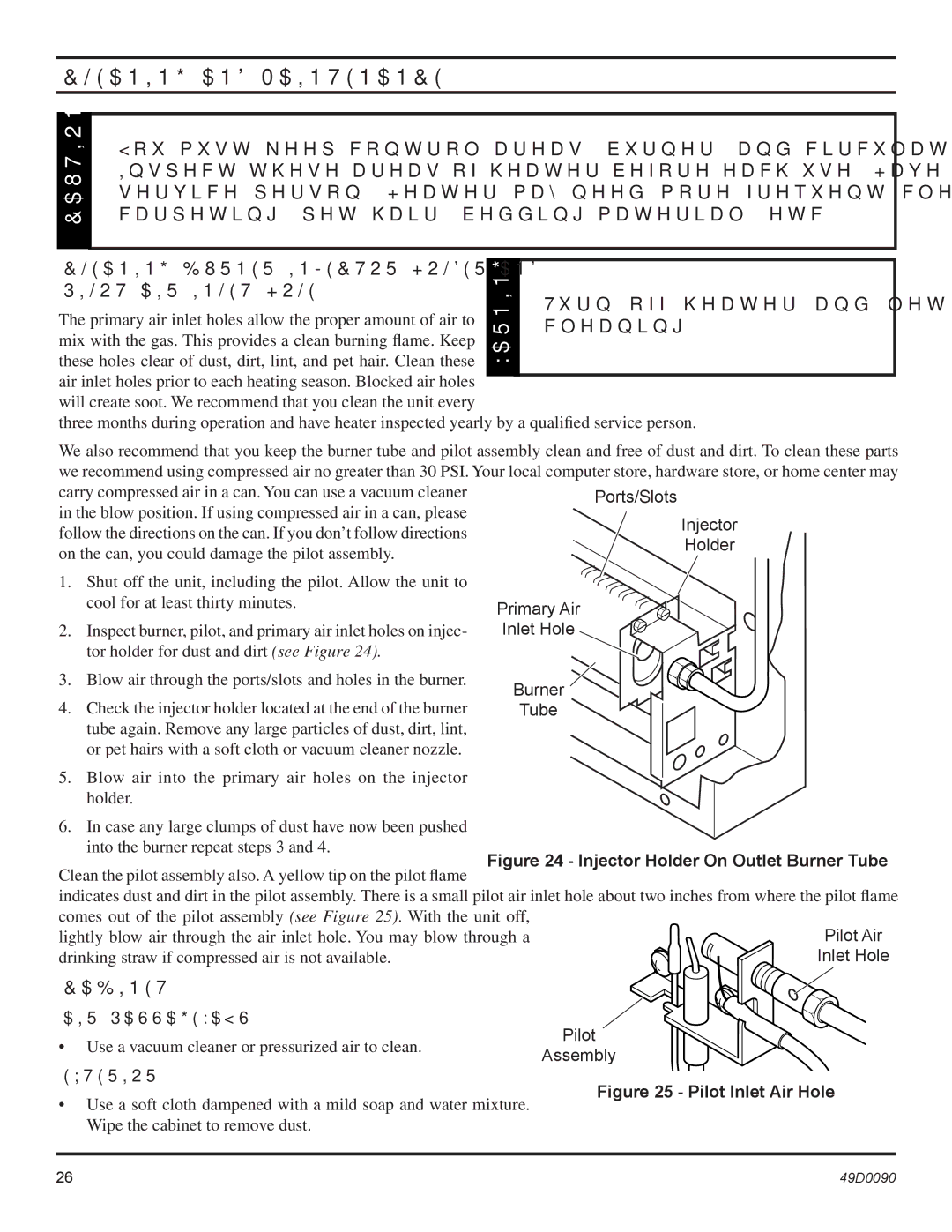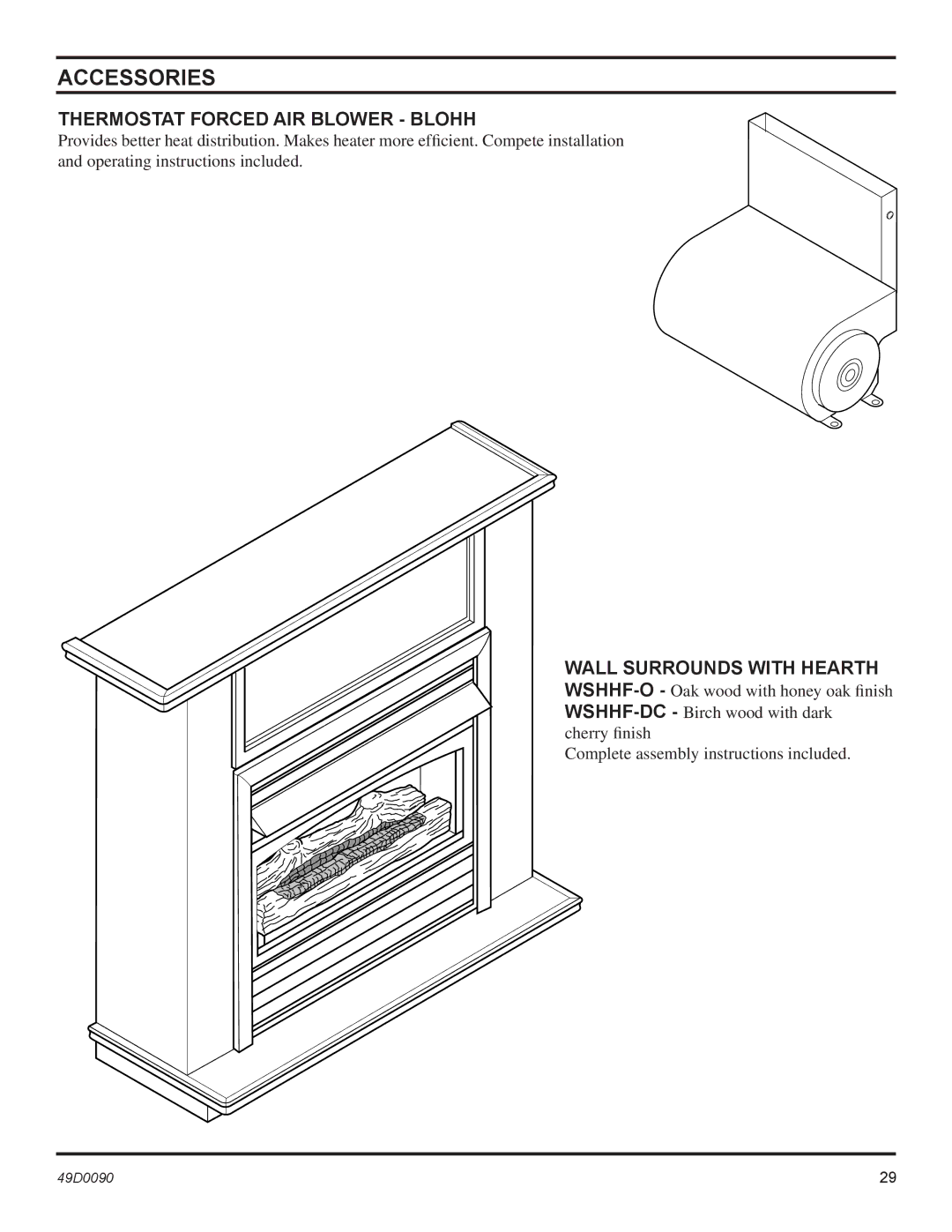BTU/Hr specifications
Monessen Hearth is a prominent player in the world of hearth products, offering a range of heating solutions that seamlessly blend aesthetics and functionality. One of the core metrics to understand when evaluating the efficiency and capability of their units is BTU/Hr, or British Thermal Units per hour. This measurement is crucial as it indicates the heat output of a unit, helping consumers to gauge how effectively a fireplace, stove, or insert will maintain home comfort during the colder months.Monessen Hearth products boast impressive BTU ratings, offering consumers a variety of options that cater to different space requirements and heating needs. Whether it’s a cozy fireplace for a small living area or a robust stove designed for larger spaces, Monessen ensures that every product delivers optimal performance. Generally, their units feature BTU outputs ranging from several thousand to over 40,000 BTU/Hr, allowing homeowners to select a model that fits their heating demands.
Among the notable features of Monessen Hearth products is their advanced combustion technology. Many of their gas fireplaces and inserts are equipped with electronic ignition systems, promoting ease of use and reliability. With options for remote control operation, users can manage their heating experience conveniently from across the room. Additionally, their models often include adjustable flame settings and heat output controls, allowing for customized comfort.
The aesthetics of Monessen Hearth products are equally impressive. The company offers a range of styles, from traditional to contemporary, ensuring that there’s a perfect match for any home décor. The use of quality materials and craftsmanship elevates the visual appeal, making these units not just functional but also attractive focal points in any living space.
Energy efficiency is another hallmark of Monessen Hearth products. By utilizing innovative engineering designs, the company minimizes heat loss and maximizes the effectiveness of each unit. Some models are certified for high-efficiency ratings, contributing to lower energy bills while reducing environmental impact.
In summary, Monessen Hearth combines robust BTU/Hr ratings with cutting-edge technologies and beautiful designs, offering consumers effective and appealing heating solutions. Their commitment to quality ensures that each unit provides warmth, comfort, and style, making Monessen a trusted choice for home heating needs.
